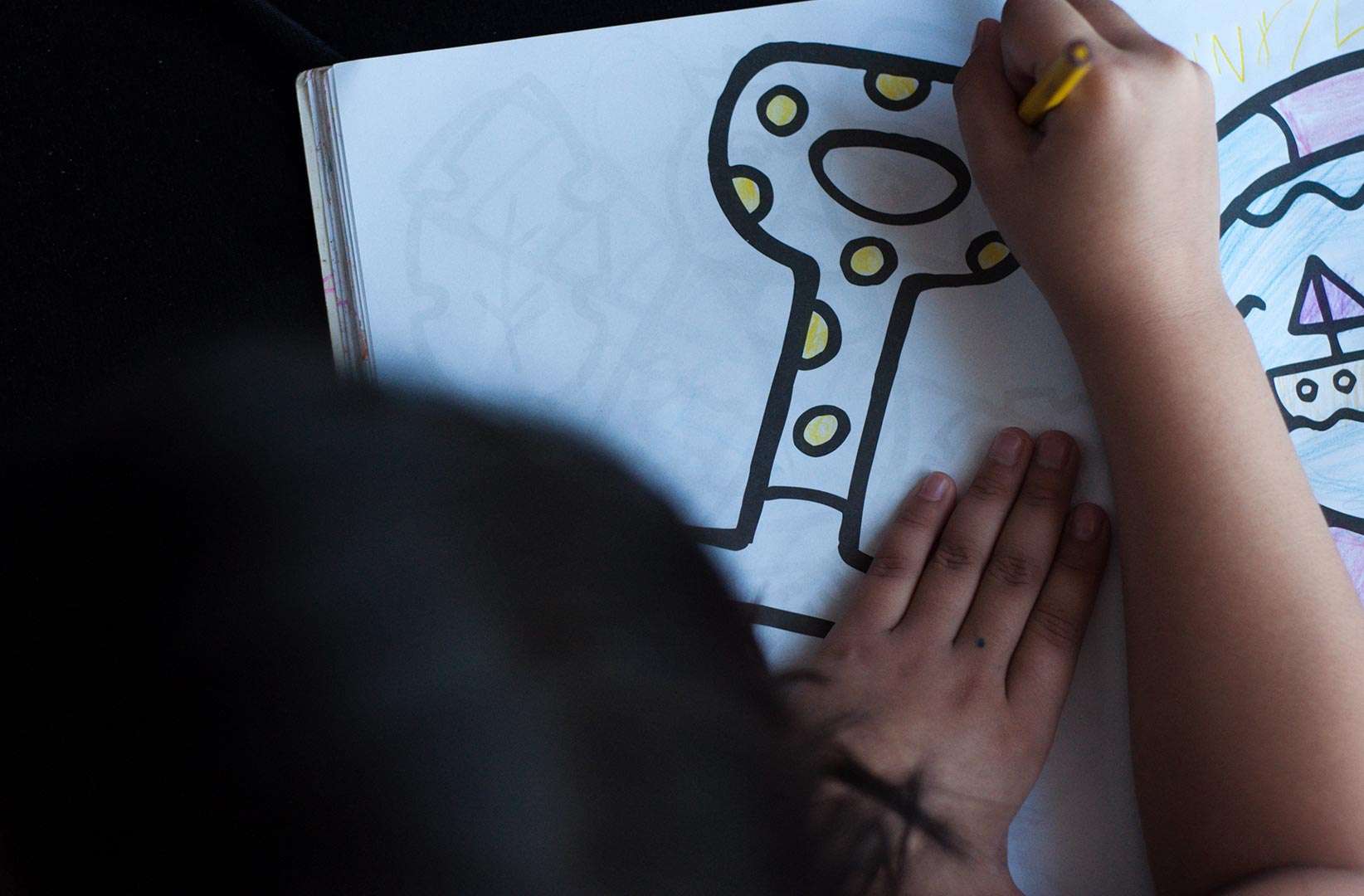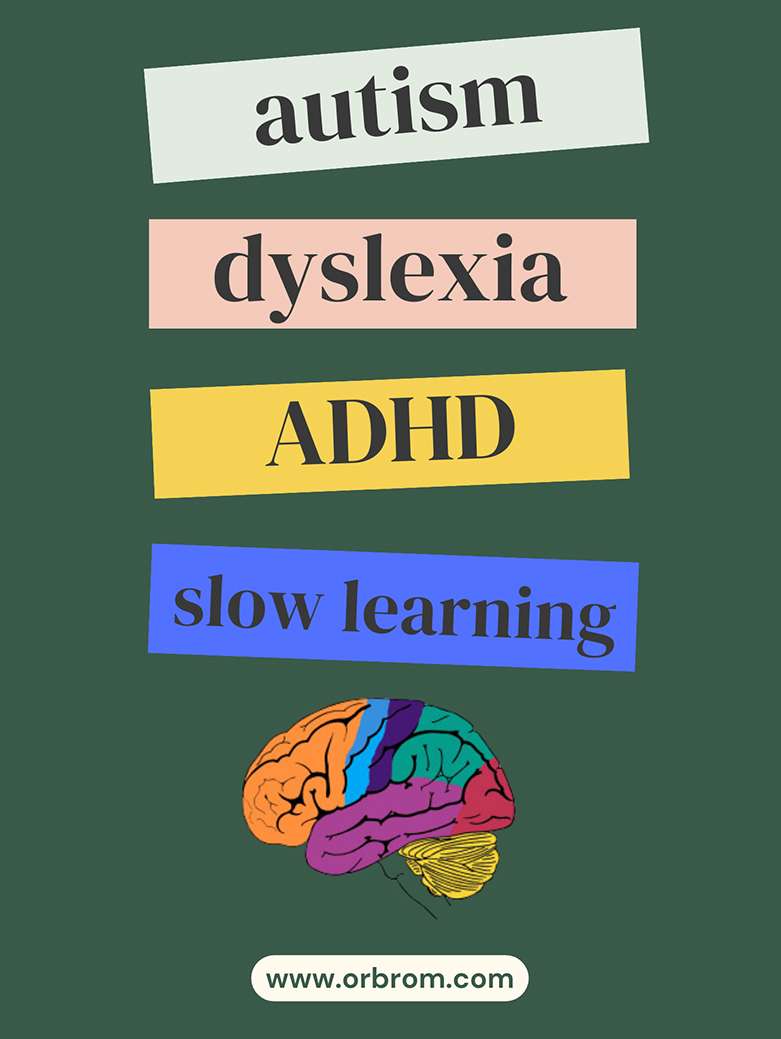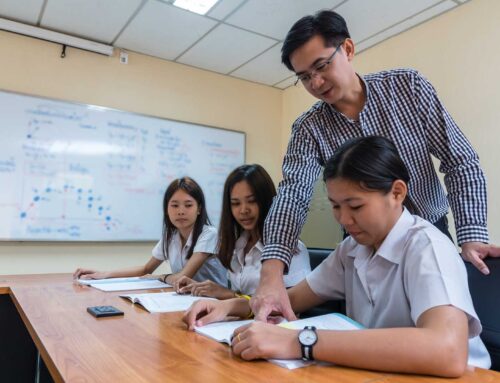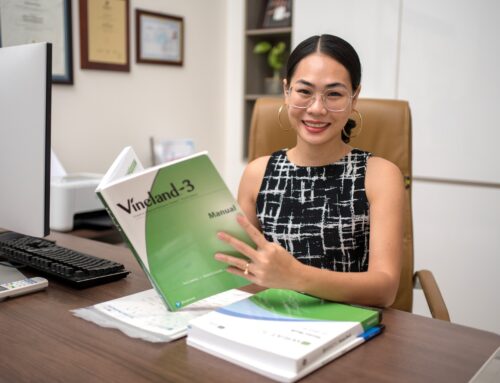Teaching students with visual impairments requires a unique set of skills and strategies to ensure that they have access to the same educational opportunities as their peers. In this blog post, we will explore some of the key considerations and strategies for teaching students with visual impairments.
Understanding Visual Impairment
Visual impairment is a broad term that encompasses a wide range of conditions, from mild to severe. Some common types of visual impairment include:
- Low vision: This refers to a degree of vision loss that cannot be corrected with glasses, contact lenses, or medication.
- Legal blindness: This is defined as having a visual acuity of 20/200 or less in the better eye with the best possible correction.
- Total blindness: This refers to a complete absence of light perception.
The type and severity of a student’s visual impairment will impact how they learn and interact with the world around them. It is important for teachers to understand the specific needs of each student in order to provide them with the appropriate support.
Creating an Inclusive Learning Environment
An inclusive learning environment is one in which all students feel valued, respected, and supported. For students with visual impairments, this may include:
- Providing access to materials in accessible formats: This may include braille, large print, or audio formats.
- Using assistive technology: This may include screen readers, magnifiers, or other tools that can help students with visual impairments access information and complete tasks.
- Modifying teaching methods: This may include using verbal descriptions of visual materials, providing hands-on experiences, and breaking down complex tasks into smaller steps.
- Promoting self-advocacy: This means teaching students how to communicate their needs and advocate for themselves.
Strategies for Teaching Students with Visual Impairments
There are a number of effective strategies that teachers can use to teach students with visual impairments. These include:
- Using clear and concise language: Avoid using jargon or slang that students may not be familiar with.
- Providing verbal descriptions of visual information: This includes describing pictures, diagrams, and other visual aids.
- Using tactile materials: This can help students learn about objects and concepts that they cannot see.
- Encouraging students to use their other senses: This can help them to compensate for their visual loss.
- Promoting independent skills: This includes teaching students how to use assistive technology, how to get around their environment, and how to perform daily living tasks.
Collaborating with Parents and Specialists
It is important for teachers to collaborate with parents and specialists to ensure that students with visual impairments are receiving the best possible support. This may involve:
- Attending Individualized Education Program (IEP) meetings: IEPs are legal documents that outline a student’s educational needs and the services they will receive.
- Consulting with specialists: This may include orientation and mobility specialists, vision rehabilitation therapists, and special education teachers.
- Communicating regularly with parents: This is important to keep parents informed of their child’s progress and to address any concerns they may have.
Conclusion
Teaching students with visual impairments can be a challenging but rewarding experience. By understanding the specific needs of each student, creating an inclusive learning environment, and using effective teaching strategies, teachers can help students with visual impairments reach their full potential.
Services for Autism, ADHD, Dyslexia, Spelling Difficulty, social and slow learning, Down Syndrome, and Selective Mutism. OrbRom is the best option in Phnom Penh.
If you are concerned about your child’s development, Contact OrbRom Center for Assessments.
Phone/Telegram: 077.455.993
Telegram Link: https://t.me/OrbRom







